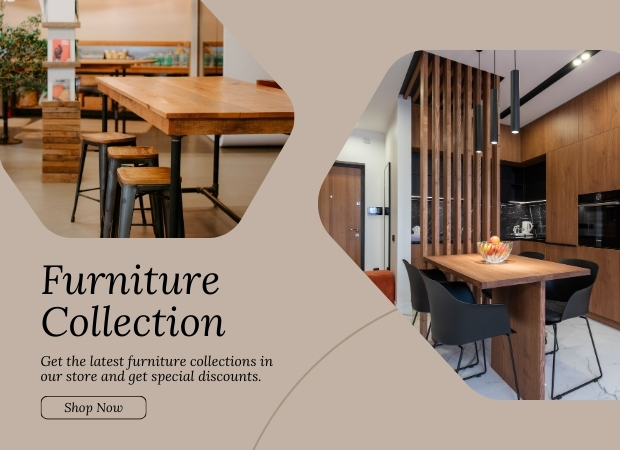Can users tell the difference between authentic and fake replica furniture?
1. Quality of Craftsmanship
- High-quality replicas: If the replica is well-made, using high-quality materials and precise construction, it may be very difficult for most users to distinguish it from the original. These replicas often closely match the design, proportions, and finishes of the original piece.
- Low-quality replicas: On the other hand, cheaper or poorly made replicas might have visible signs of difference, such as rough edges, poor stitching, or mismatched materials, which make them easier to spot.
2. Materials Used
- Authentic materials: Original designer pieces often use specific, high-end materials like premium wood, leather, or fabrics. Replica furniture made from lower-grade materials (e.g., engineered wood or synthetic upholstery) might be noticeable to those who are familiar with the original materials.
- Common materials for replicas: Replica manufacturers often use cost-effective alternatives that resemble the original but may feel or perform differently. For example, using plastic instead of real wood, or fabric instead of leather, can make a difference in the look and feel.
3. Design and Detailing
- Design precision: High-end replicas are typically very close in design, but sometimes subtle differences in proportions, joints, or the finishing details (e.g., stitching, button placement) can reveal whether a piece is a replica or an original.
- Distinctive details: Designer pieces often have unique markings or logos that are hard to replicate. However, many replica manufacturers do not include these marks, so if a user is looking for a branded piece, they might notice the lack of official labels.
4. Price
- If the price seems too good to be true for a designer piece, it’s likely a replica. Some users might be able to recognize a piece as a replica simply based on the price point, especially if they are familiar with the typical cost of the original piece.
5. User Knowledge
- Experienced buyers: Users who are knowledgeable about the original designs and materials will be more likely to spot a replica, especially if they are familiar with the specific designer’s work.
- General consumers: For those who aren’t familiar with the original designs or who don’t have a trained eye, a high-quality replica might be indistinguishable from the original, especially in everyday use.
6. Certification and Documentation
- Provenance: Original designer pieces often come with certificates of authenticity or documentation verifying their origin. Replicas, however, typically do not come with such certifications, making it easier to tell if the piece is original or not if this documentation is available for comparison.
Which countries like to reproduce furniture?
Replica furniture is popular in several countries, especially among those who appreciate design, craftsmanship, and a more affordable alternative to expensive original pieces. Some countries where replica furniture is particularly popular include:
United States: The U.S. has a strong demand for replica furniture, especially for mid-century modern and iconic designer pieces. Many American consumers are drawn to high-quality replicas as they offer style at a more accessible price point.
United Kingdom: In the UK, replica furniture is also in high demand, particularly for European designs. The market for high-quality reproductions of famous pieces from the 20th century is robust, with many consumers seeking stylish yet affordable alternatives.
Australia: Australian buyers often favor replica furniture for both its aesthetic appeal and cost-effectiveness. The design trends in Australia mirror those in the U.S. and Europe, making replicas a popular choice for interior design.
Germany: Germany, with its strong design and furniture culture, also has a market for replica pieces. Many people in Germany appreciate replicas of mid-century modern designs and other European styles, often as part of a minimalist aesthetic.
Italy: While Italy is famous for its high-end furniture production, there is also a market for high-quality replica pieces, especially from iconic Italian designers. Italian consumers and collectors appreciate well-made replicas as a more affordable way to access celebrated designs.
China: As the manufacturing hub for many global furniture brands, China also has a growing demand for replica furniture, particularly for modern and luxury designs. Many Chinese consumers seek replicas of designer pieces due to their affordability compared to original designs.
India: In India, the demand for replica furniture is growing, especially among those who want iconic Western or European styles but can’t afford the high prices of authentic designer pieces. The market is expanding, especially in urban areas.
These countries generally appreciate replica furniture due to its blend of style, quality craftsmanship, and more accessible pricing compared to the original designer pieces.
-Zowum


